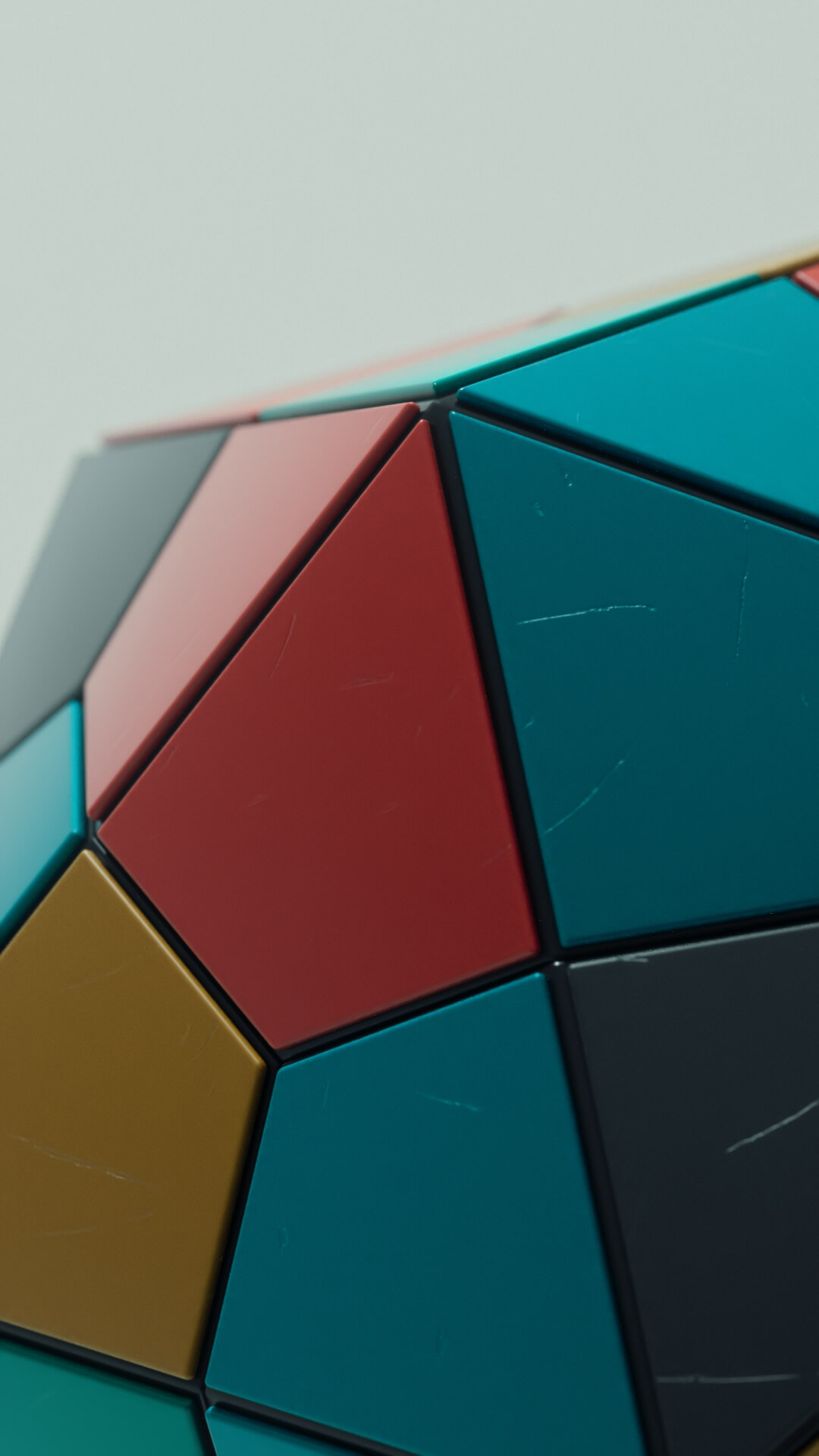Machine, Learning
#002
At the beginning of this piece, I never intended to set out to create a Rubik’s icosahedron – it kind of just ended up that way. Often, I find myself in a state of flow once I start playing around in 3D without any restrictions or boundaries, I imagine it must feel like how a fine artist must feel throwing paint onto a canvas. One thought leads to another and then another, along the way I create mini tasks to complete and let the idea naturally come to fruition. About mid-way through the creation of this piece I decided on the concept to express machine learning, which allowed me to refine the visuals and motion with much more purpose. Without this sort of direction it can be hard when to decide when something is ‘done’.

I started by playing around with dividing up simple platonic models using their own point structure as base for a Voronoi fracture which created the division of topology that inspired my path of creation. Noticing that the exploded parts of a uniformly fractured icosahedron might look interesting if I rotated them on each of their vertical axis (the spin of each Rubik’s segment effectively). However, I was not a fan of spinning them all at once so I created a time delay and offset on each segment with a little ‘pop-up’ motion added in order to allow each spin to happen without any geometry intersections.



Once I had defined the initial animation, I added some dynamics to the object to watch it tumble and ‘walk’ across the surface – this is where I did my texturing alignment for each side of the icosahedron so that once the animation was played back it would look as though the object was rotating itself into completion. The last piece of the loop puzzle involved aligning the camera from the beginning with the camera position at the end, both of which would focus on the Rubik’s object in the same composition – surrounding desk elements could then be subtly hidden behind the object to create the seamless link.

© 2024 Mark Lindner